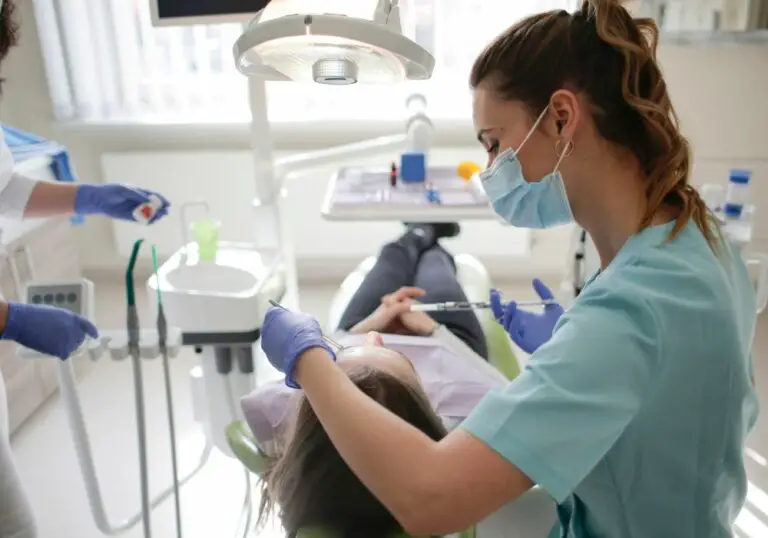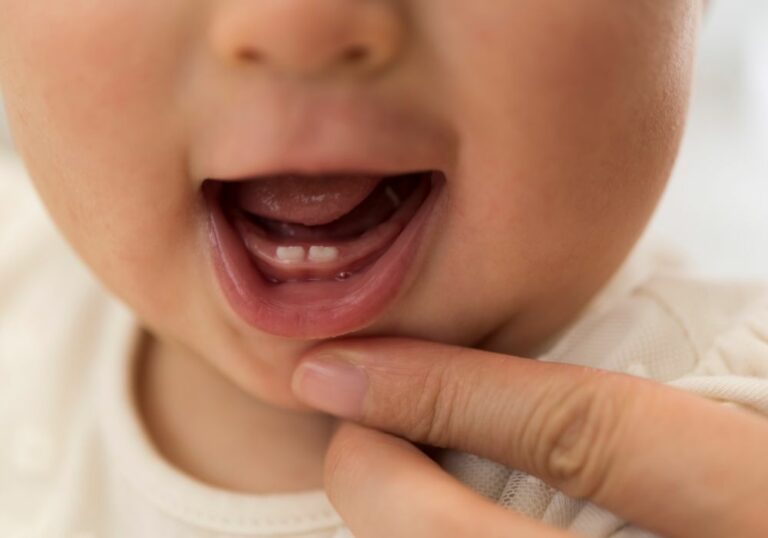Teeth clipping, also known as dental contouring, has become an increasingly popular cosmetic dental procedure in recent years. More and more people are choosing to reshape and resize their teeth for aesthetic reasons. But can teeth clip be safely done at any age? Let’s explore the considerations around teeth clipping for different age groups.
Teeth clipping for children and teens
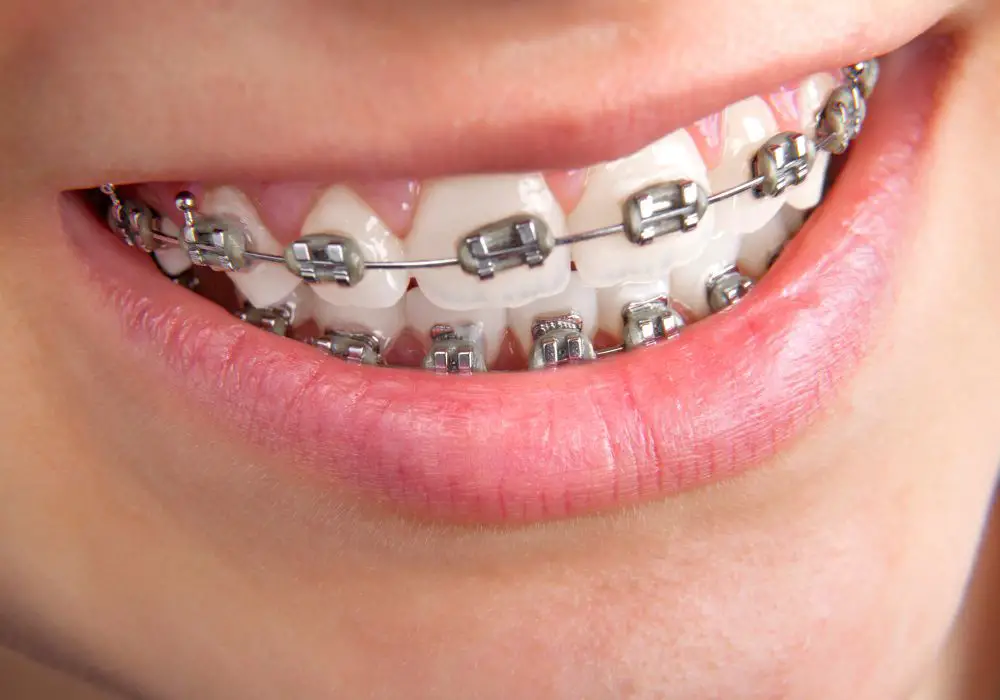
Children’s teeth are still developing, so cosmetic contouring is not recommended for kids under 18 years old in most cases. There are a few exceptions:
- Reshaping teeth to reduce risk of injury. For example, clipping sharp points on front teeth that protrude. This can reduce the chance of the teeth chipping or causing damage if a child falls or is hit in the mouth area.
- Minor enamel shaping. Very mild enamel contouring may be done on permanent teeth to smooth small imperfections.
- Reshaping around braces. When braces are being removed, some minor contouring can blend the teeth for a more uniform smile.
More significant teeth clipping in children should be avoided if possible. Permanent teeth are still growing, and the pulp inside is very large. Aggressively removing outer enamel could lead to nerve damage or other dental issues.
When is teeth clipping appropriate for teens?
During the teenage years, wisdom teeth emerge and the last of the permanent teeth finalize their development. More extensive contouring can sometimes be done for teenagers compared to younger children. Factors the dentist considers include:
- Is this a permanent tooth or last molar still growing in?
- How much enamel needs to be removed? Aggressive reshaping risks nerve exposure.
- What are the specific goals of contouring? Cosmetic only or functional benefits too?
- Is the teen mature enough to properly care for contoured teeth?
In many cases, it is still best for teens to wait until the late teens or 20s to consider major teeth clipping procedures. The exception would be reshaping done in conjunction with braces or to reduce injury risk.
When can adults get teeth clipped?
Adults make ideal candidates for teeth contouring. Their full set of permanent teeth is present, and enamel / pulp proportions allow for more aggressive reshaping than in childhood. Common reasons adults seek teeth clipping include:
- Reshaping teeth after braces for a uniform look
- Closing small gaps between teeth
- Smoothing out chips or cracks in enamel
- Reducing the length of front teeth that look too long
- Adjusting uneven tooth edges or lengths for a straighter smile line
- Reshaping teeth worn down from grinding or acid erosion
Adults over age 20 with fully erupted wisdom teeth present the least risk for dental contouring procedures. The early 20s are considered the optimal time for teeth clipping for purely aesthetic reasons. However, teeth reshaping can still successfully be done much later in life if needed.
What about teeth clipping for seniors?
Many seniors develop teeth issues that respond well to dental contouring, including:
- Cracking and chipping worsening over time
- Increased enamel erosion and thinning from decades of wear
- Visible recession and exposure of thinner root areas as gums recede
Reshaping uneven, cracked, or thin enamel can strengthen structural integrity and minimize further deterioration in older teeth. Contouring short, rounded teeth can also create a more youthful smile. As with other ages, the health of nerve tissue will help determine appropriate reshaping depth.
Seniors may require more conservative enamel removal depending on the condition of the inner pulp chamber. But otherwise, teeth clipping works well for seniors seeking a quick smile rejuvenation. It offers a fast, non-invasive option without lengthy procedures like braces or dental surgery.
How teeth age impacts contouring options
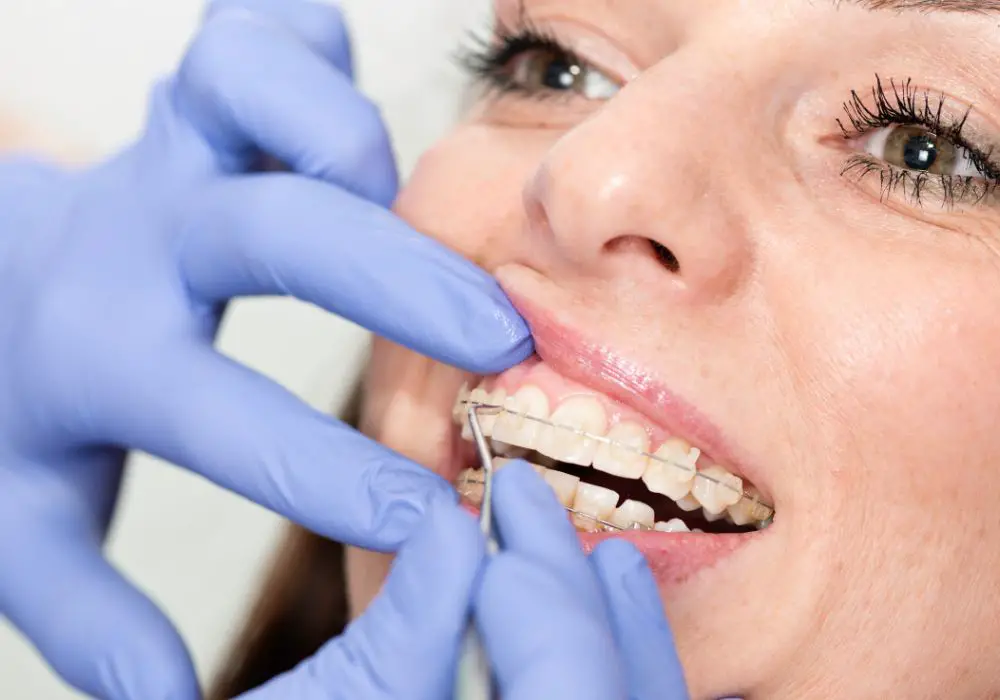
Teeth change significantly from childhood to old age. The amount of enamel available and the size of the inner pulp change over decades of development and use. Here is an overview of how teeth structure impacts teeth clipping options at different life stages:
Childhood
- Primary baby teeth have thin enamel and large pulp chamber. Contouring is extremely limited.
- Permanent teeth still developing have thicker enamel but pulp remains very large. Conservative reshaping only.
Teeth Structure Changes Throughout Life
| Age Range | Enamel Thickness | Pulp Chamber Size | Contouring Depth Options |
|---|---|---|---|
| Childhood | Thin | Very large | Extremely conservative |
| Teen years | Thickening | Large | Moderate reshaping possible |
| 20s | Thickest | Smaller | Most aggressive enamel removal possible |
| Middle age | Intact but thinning slowly over time | Small | Moderate reshaping depth |
| Senior years | Thinned from decades of wear | Begins to recede | More conservative removal |
Teens to 30s
- Permanent teeth have reached full size with thickest enamel and smaller pulp. Most aggressive reshaping can be done.
Middle age
- Enamel slowly thinning but pulp chamber remains relatively small. Moderate reshaping depth is still possible.
Senior years
- Thinned enamel from decades of use and acid wear. Pulp may start to recede. More conservative reshaping required.
As the table summarizes, the early 20s are ideal for the most aggressive dental contouring potential. But cautious reshaping can still be successful at older ages by a skilled dentist evaluating tooth structure.
Teeth clipping procedures by age
The specific teeth clipping procedure steps may vary depending on a patient’s age and unique tooth considerations. Here is an overview of how the process differs by age:
Children
- Local anesthetic often not needed.
- Conservative enamel removal only with handpiece or cutting disc.
- Smoothing with special burs and polishers.
- May require bite adjustment with thin paper discs.
- Total procedure time typically <30 minutes.
Teens
- Local anesthetic used if extensive reshaping needed.
- More enamel removal possible with handpiece.
- Smoothing and polishing.
- May adjust bite with paper discs.
- Extended appointment time up to 1 hour.
Adults
- Local anesthetic common for patient comfort.
- Aggressive enamel removal within safe limits.
- Smoothing and high-shine polishing.
- Bite adjustment as needed.
- Appointments range 1-2 hours depending on number of teeth.
Seniors
- Local anesthetic used for patient sensitivity.
- Conservative reshaping to avoid pulp exposure.
- Extra smoothing and polishing.
- Bite adjustments if discomfort.
- May require multiple shorter appointments.
The use of anesthetic and the depth of enamel reduction are the main differences. Patience and precision are required at any age to safely meet the patient’s goals.
Maintaining clipped teeth long-term
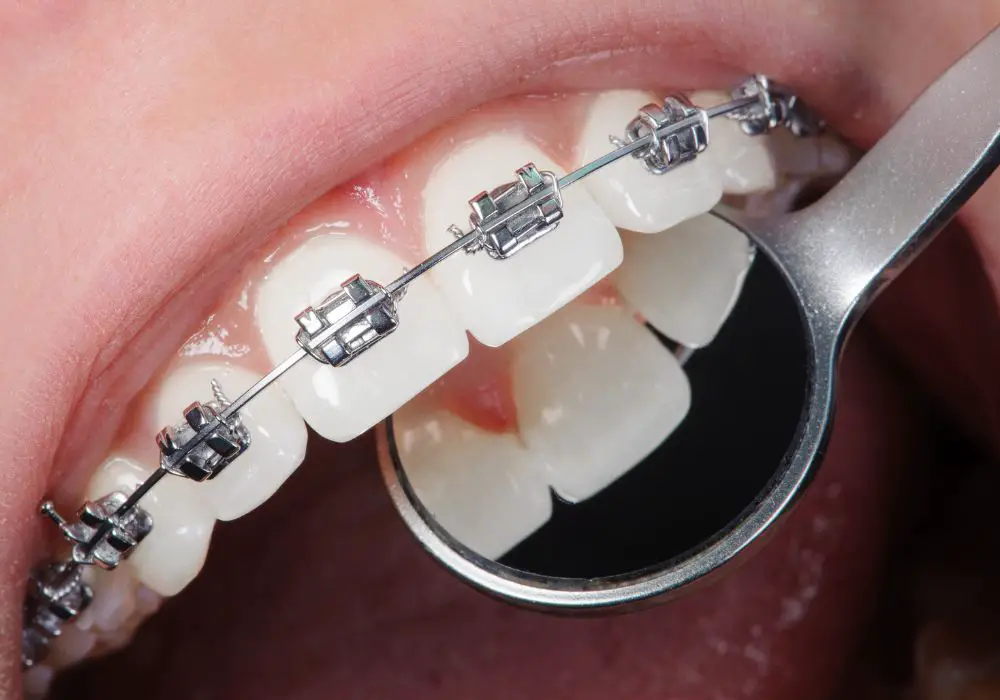
Proper care after teeth clipping is vital to maintain results. Reshaped teeth are permanently altered and more vulnerable to damage without intact enamel. Patients must commit to diligent oral hygiene and avoid biting with excessive force.
- Brush twice daily with soft-bristled toothbrush. Avoid abrasive whitening toothpastes.
- Floss daily, being very gentle around contoured areas.
- Use fluoride mouthwash to strengthen enamel.
- Wear mouthguard if participating in sports to protect reshaped teeth.
- Avoid nails, pens, ice or other objects that could chip thinned enamel.
- See dentist every 6 months for exams and prompt treatment if cracks appear.
- Additional bonding, veneers or crowns may be needed over time to reinforce extensive recontouring.
With conscientious long-term care, patients of any age can safely enjoy a smile transformed by teeth clipping for many years.
FAQ about teeth clipping procedures
Here are answers to some frequently asked questions about teeth clipping at different ages:
Is it painful to get teeth contoured?
Local anesthetic is used for anything beyond minor reshaping, so there should be no pain during the procedure. Some sensitivity may occur for a day or two afterwards. Over-the-counter pain relievers can provide relief as needed.
How long do contoured teeth last?
With proper care, results can last 5 years or longer. But teeth may need occasional touch-ups or added reinforcement over time. Teeth continue to age and thin, so even contoured teeth require ongoing diligence.
What are the risks?
If too much enamel is removed, it could expose the pulp and require a root canal. Aggressive clipping near the gumline could make teeth more sensitive to hot and cold. An experienced cosmetic dentist will assess safe enamel removal limits individually.
Is contouring a good option for seniors?
Yes, teeth clipping can be an excellent choice for seniors looking to improve dental aesthetics conservatively. It requires no healing time compared to dental implants or veneers. Results are immediate with a single visit.
Can teeth be contoured multiple times over life?
It is possible to have teeth contoured again in the future if desired. But each round of enamel removal makes teeth more vulnerable. Significant reshaping may require protective veneers or crowns eventually to prevent excessive thinning.
Conclusion
While the early 20s offer the best tooth structure for aggressive contouring, reshaping can be done successfully at any age. The key is an experienced cosmetic dentist carefully evaluating each patient’s dental characteristics. With proper technique and aftercare, teeth clipping can safely achieve aesthetic goals throughout life. This quick, non-invasive procedure requires no healing time and offers immediately dramatic smile improvements.

